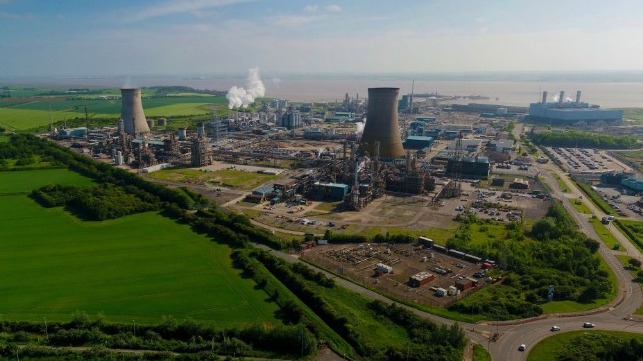U.K. Launches Ambitious Hydrogen Strategy

The United Kingdom has launched its much-anticipated hydrogen strategy, a comprehensive national plan designed to unlock $5.5 billion in investment by 2030.
After setting the pace in offshore wind, the U.K. has turned its focus on low carbon hydrogen with an ambition to install five gigawatts of production capacity over the next decade - including at least 1.8 gigawatts of blue hydrogen, produced by capturing and storing the CO2 from conventional natural gas-to-H2 production. The new capacity will power transport and businesses, particularly heavy industry, and will be blended with natural gas to provide heating energy to households.
“Today marks the start of the U.K. hydrogen revolution. This home-grown clean energy source has the potential to transform the way we power our lives and will be essential to tackling climate change and reaching net zero,” said Kwasi Kwarteng, Business & Energy secretary.
Kwarteng added that with the potential to provide a third of the country’s energy in the future, the strategy positions the U.K. as first in the global race to ramp up hydrogen technology and seize the thousands of jobs and private investment that come with it.
Hydrogen is a key tenet of the U.K’s plans to meet its net-zero CO2 emissions ambitions by 2050. Government analysis shows that 20-35 percent of the U.K.’s energy consumption by 2050 could be hydrogen-based, with the new energy source being critical to meeting targets of net zero emissions by 2050 and cutting emissions by 78 percent by 2035. The U.K. believes that a booming hydrogen economy could be worth $1.2 billion and could create over 9,000 high-quality jobs by 2030, potentially rising to 100,000 jobs by 2050. It could play a particularly important role in decarbonizing energy-intensive industries like chemicals, oil refineries, power and heavy transport, including shipping.
The U.K. government approach to hydrogen is expected to borrow heavily from successes in offshore wind, where action coupled with strong private sector backing has seen the U.K. become a world leader. Effectively, the country intends to replicate the Contracts for Difference (CfD) scheme, which has been one of its main tools to support the establishment of offshore wind. The scheme provides incentives to the private sector to invest in renewable energy by granting developers direct protection from volatile wholesale prices and protecting consumers from paying increased support costs when electricity prices are high.
Along with kicking off public consultation on the ideal hydrogen business model, the U.K. government is consulting on the design of a $330 million net-zero hydrogen fund that aims at supporting the commercial deployment of new low carbon hydrogen production plants across the country.
The initial response from the UK's renewables industry was mixed, especially given the plan's inclusion of controversial blue hydrogen.
“While we welcome positive steps like the new Net Zero Hydrogen Fund, overall the strategy doesn’t focus nearly enough on developing the UK’s world-leading green hydrogen industry,” said Dan McGrail, the CEO of renewable-energy industry association RenewableUK. “In the year when the UK is hosting the biggest climate change summit for years, we fear that international investors in renewable hydrogen may compare this strategy to those of other countries and vote with their feet. The government must use the current consultation period to amend its plans and set out a clear ambition for green hydrogen.”
